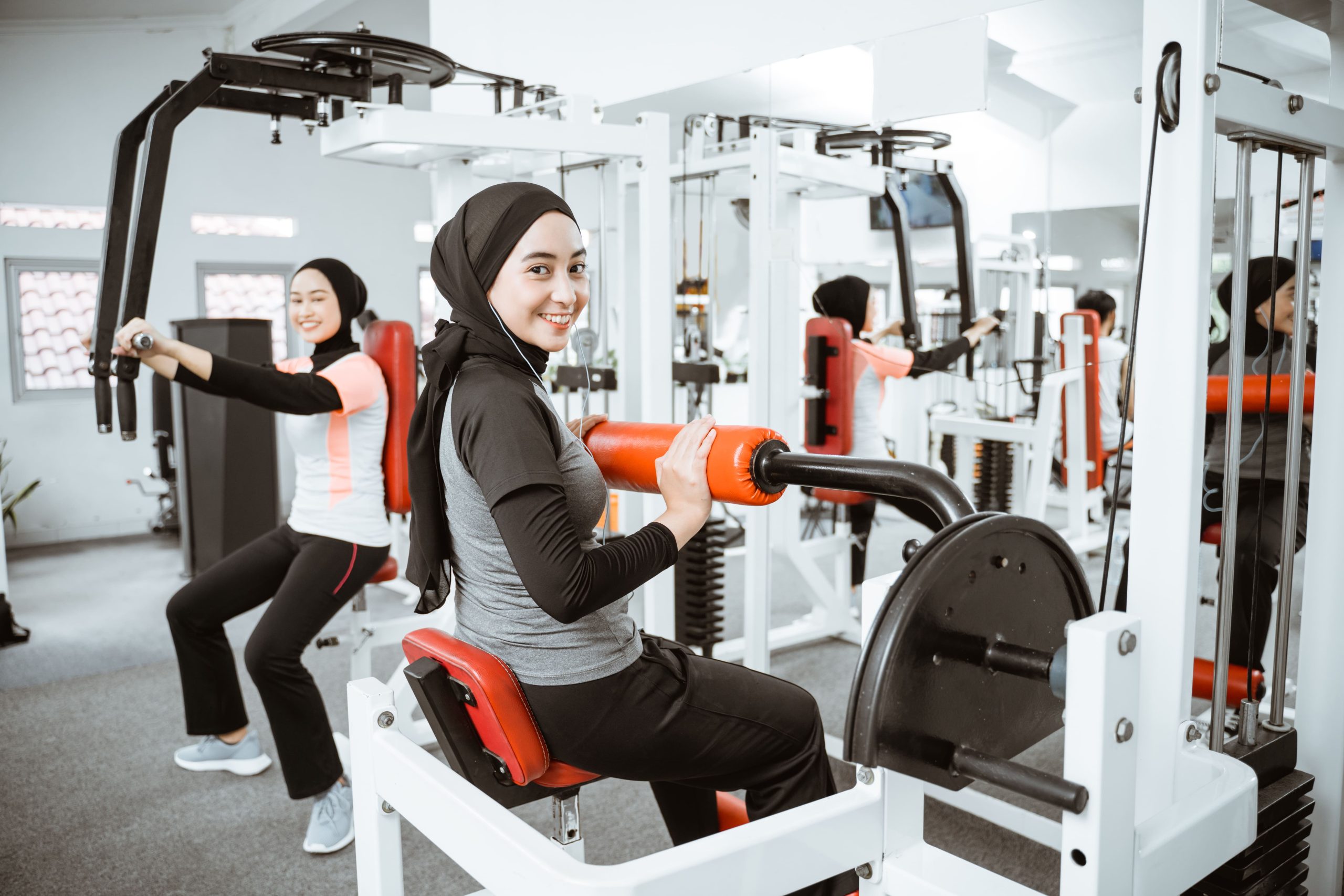The KSA fitness service market is transforming and is valued at approximately USD 1.06 billion in 2025. Over 48.2% of Saudis reported engaging in daily physical activity in 2024, highlighting growing health awareness. The digital fitness frontier is also booming as Saudi fitness apps generated around USD 26.5 million in 2024. With increasing health awareness, rising disposable incomes, and evolving consumer preferences, the market is accelerating beyond its bricks‑and‑mortar roots into more digital and hybrid models. Thus, reflecting a dynamic transformation of the Saudi fitness landscape.
What’s Driving Fitness Service Market in KSA?
- The rising health awareness and lifestyle disease prevention are driving the fitness service market in the region. As of 2024, over 68% population of KSA were overweight. thus, highlighting growing demand for preventative fitness solutions. With 23.9% of adults affected by diabetes and 25.5% suffering from hypertension, there’s increasing motivation among consumers to proactively manage health through exercise.
- The growing women participation and youth engagement is also a major growth driver. The female segment is the fastest-growing, with a 13% CAGR, supported by new women-only facilities and changing cultural norms. Moreover, initiatives like Vision 2030 and Quality of Life are further driving female sports integration.
- Technological integration and hybrid fitness models are shaping the fitness service market in KSA. Around 65% of KSA gym users prefer facilities with modern tech as of 2024. The region is witnessing significant rise in app usage and virtual coaching withing Saudi gyms. Fitness chains offering both physical and online access reported selling 12,000 memberships within 72 hours of a Saudi launch, highlighting the appeal of flexible hybrid services.
Competitive Landscape
The KSA fitness service market is intensely competitive, with regional chains, fast-scaling international entrants, and women-only studios capturing the market. The major players including GymNation, Leejam Sports, and RSG Group dominating the landscape. GymNation is emerging as one of the most disruptive international entrants in the Saudi fitness landscape. In February 2025, the company recorded 5,000 additional sign-ups in a single day following the opening of its largest flagship club in the capital city. Leejam Sports remains the market leader in Saudi Arabia, operating over 160 Fitness Time centers across the Kingdom. The company has focused on consolidating its dominance through tech-enabled gyms, app-based booking systems, and an expanding portfolio of specialized branches like Fitness Time Ladies and Fitness Time Pro. Meanwhile, , RSG group added a third Co-CEO, Gerd Schaller in early 2025, to lead customer-centric digital transformation and global expansion, signaling strategic readiness for entry into high-growth GCC markets.
High Operational Costs
The KSA fitness service market is facing a major challenge of high operational expenses, especially for new entrants and smaller fitness operators aiming to scale in Saudi’s dynamic market. In prime metropolitan areas like Riyadh and Jeddah, commercial rental costs have grown by 20% in the past five years. Thus, increasing the cost of establishing or expanding gym facilities. Additionally, outfitting a single gym with high-quality, tech-enhanced machines including smart cardio gear and strength-training suites can require SAR 500,000 to SAR 1 million. Thus, creating a steep barrier to entry.
Future Outlook
The KSA fitness service market is set to evolving in upcoming years, driven by technology, regional inclusion, and demographic momentum. The government’s target of reaching 40% population participation in regular physical activity by 2030, remains a central KPI under the Quality of Life Program. Thus, directly impacting urban planning, licensing, and funding of fitness-related infrastructure. By 2030, it is estimated that over 13 million Saudis will be regularly engaged in structured fitness or sports activities. The number of women enrolled in gyms is expected to exceed 2.8 million by 2030, driven by policy reforms, social acceptance, and dedicated women-only facilities. Hybrid fitness models are also projected to dominate member preferences. By 2030, over 78% of gym users in KSA are expected to use at least one digital channel in tandem with physical clubs. Saudi Arabia’s fitness industry in 2030 will not just be defined by where people work out, but how intelligently, inclusively, and digitally they engage with wellness.
Consultant at Nexdigm In their latest publication “KSA Fitness Service Market Outlook to 2030: By Service Type By Service Type (Gym Memberships, Personal Training, Group Classes, Online Fitness Services, Wellness Programs), By Demographic (Age Groups, Gender, Fitness Levels), and By Geography (Central Region, Eastern Region, Western Region, Southern Region)” believe that by investing in hybrid fitness ecosystem and expanding into tier 2 region with compact and tech enabled facilities, businesses can gain competitive advantage in KSA fitness service market.

